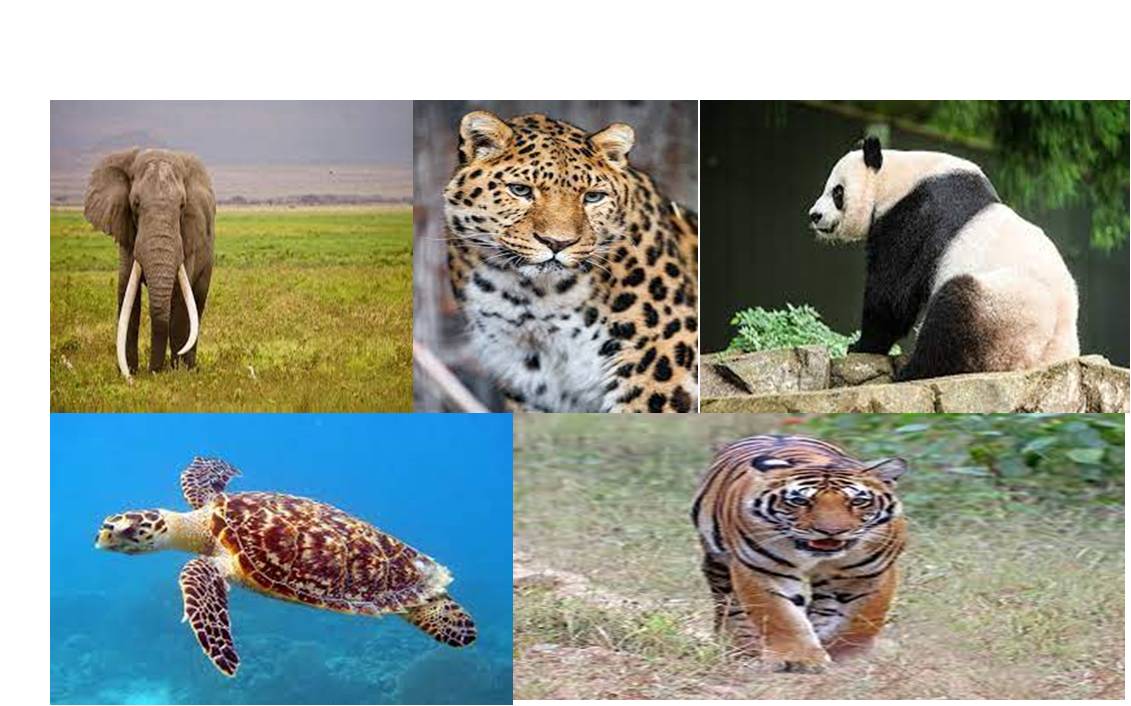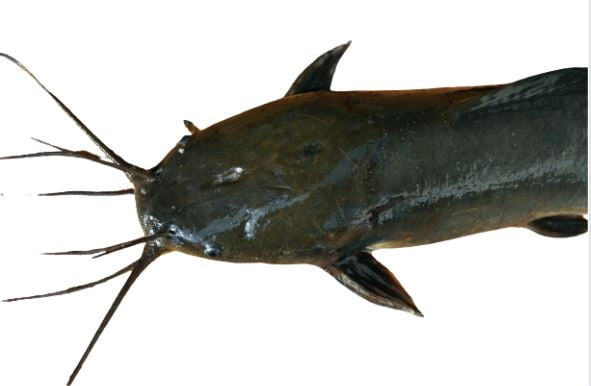Asian Palm Civet (Paradoxurus hermaphroditus): The Asian palm civet (Paradoxurus hermaphroditus) is a small, cat-like mammal native to South and Southeast Asia. It is known for its distinctive appearance, with a long, furry tail and a pointed snout. Palm civets are also known for their unusual diet, which includes fruits, small mammals, and insects.
Classification:
- Kingdom – Animalia
- Phylum –Chordata
- Class -Mammalia
- Order – Carnivora
- Sub-order – Feliformia
- Family – Viverridae
- Genus – Paradoxurus
- Species – hermaphroditus (Asian Palm Civet)
It is also known as the toddy cat or musang, is a small mammal native to Southeast Asia. It belongs to the family Viverridae, which includes the civet family.
Habitat: These civets are found in the rainforests, scrublands, and plantations of Southeast Asia, including countries like India, Nepal, Sri Lanka, Bangladesh, Myanmar, Thailand, Malaysia, and Indonesia.
Appearance: It have a slender body with a long, pointed snout and a long, bushy tail. They have short legs and sharp retractable claws. The fur color can vary among individuals but is typically gray or brown with black bands and spots.
Diet: It is omnivores with a diverse diet. They primarily feed on ripe fruits such as berries, figs, and pulpy fruits. However, they are most famous for their ability to eat the ripest and sweetest coffee cherries, including the coffee beans inside, which has led to the controversial production of “civet coffee” or “kopi luwak.”
Kopi Luwak: Civet coffee, known as kopi luwak, is made from coffee beans that have been partially digested and excreted by the Asian palm civet. The civets eat the coffee cherries, and during digestion, enzymes in their stomachs modify the beans’ flavor profile. These beans are collected from the civet’s feces, thoroughly cleaned, and processed to produce a unique and expensive coffee.
Nocturnal Behavior: Primarily nocturnal, meaning they are most active during the night. They spend their days resting in trees or hidden in dense vegetation.
Solitary Nature: These civets are solitary animals and typically mark their territories using scent glands. They are generally shy and elusive creatures.
Reproduction: Female Asian palm civets give birth to litters of one to four young after a gestation period of around two months. The babies are born with closed eyes and are dependent on their mother for several months.
Conservation Status: The Asian palm civet is currently listed as a species of “Least Concern” by the International Union for Conservation of Nature (IUCN). However, habitat loss and fragmentation, as well
as hunting for the wildlife trade, pose threats to their populations in certain regions.
Conservation of Asian palm civet
The conservation of the Asian palm civet is important to ensure the long-term survival of this species and to maintain the ecological balance of its habitat. Here are some key aspects of their conservation:
Habitat Protection: Protecting and preserving the natural habitats of Asian palm civets is crucial. This includes conserving rainforests, scrublands, and plantations where they are found. Measures such as establishing protected areas, national parks, and wildlife reserves help to safeguard their habitats from deforestation, urbanization, and land conversion.
Anti-Poaching Efforts: Poaching poses a significant threat to Asian palm civets, primarily due to illegal wildlife trade. Strict enforcement of laws and regulations against poaching and wildlife trafficking is necessary to combat this issue. This includes increasing patrols, improving surveillance, and imposing penalties on those involved in the illegal capture and trade of these animals.
Awareness and Education: Raising awareness about the importance of Asian palm civet conservation among local communities, tourists, and the general public is crucial. Educating people about the ecological role of these animals and the need to protect their habitats can foster a sense of stewardship and promote responsible behavior towards wildlife.
Sustainable Agriculture Practices: Encouraging sustainable agricultural practices is vital for the conservation of Asian palm civets. This includes promoting environmentally friendly farming methods that minimize the use of harmful pesticides and maintain the integrity of their natural food sources, such as fruits and insects.
Research and Monitoring: Conducting scientific research and monitoring programs can provide valuable insights into the population dynamics, behavior, and habitat requirements of Asian palm civets. This information is essential for developing effective conservation strategies and management plans.
Collaboration and Partnerships: Collaboration among governments, conservation organizations, researchers, and local communities is crucial for the conservation of Asian palm civets. Partnerships can facilitate the sharing of resources, knowledge, and expertise, leading to more comprehensive and
impactful conservation efforts.
By implementing these conservation measures, it is possible to protect the Asian palm civet and ensure the preservation of its natural habitats, contributing to the overall biodiversity and ecological health of Southeast Asia.
Importance and Conservation
Conserving the Asian palm civet is important for several reasons:
Biodiversity: Asian palm civets are an integral part of the biodiversity in their habitats. They play a role in the ecosystem as seed dispersers by consuming fruits and excreting the seeds in different locations. This helps in the regeneration and diversity of plant species. Protecting the civets ensures the preservation of this ecological function and maintains the overall biodiversity of the region.
Indicator Species: The presence and abundance of Asian palm civets can serve as indicators of the health of their habitats. As an umbrella species, their conservation indirectly benefits other species within the same ecosystem. By focusing on their conservation, efforts can be made to protect the larger habitat and the diverse range of species that depend on it.
Ecotourism and Local Economy: Asian palm civets can contribute to ecotourism initiatives, attracting visitors who are interested in observing and learning about wildlife. Sustainable ecotourism can generate income for local communities, leading to economic development and employment opportunities. By conserving the civets and their habitats, these benefits can be realized in a sustainable manner.
Cultural Importance: In some regions, the Asian palm civet holds cultural and traditional significance. Protecting these animals preserves cultural heritage and traditional practices associated with them. It also
promotes a sense of pride and identity among local communities, fostering a positive attitude towards conservation efforts.
Scientific Research: Asian palm civets provide opportunities for scientific research and study. By studying their behavior, ecology, and physiology, researchers can gain insights into various aspects of animal biology, habitat dynamics, and conservation science. This knowledge can further contribute to the conservation of other species and ecosystems.
Ethical Considerations: The welfare and ethical treatment of animals are important aspects of conservation. The practice of harvesting civets for the production of kopi luwak coffee has raised ethical concerns due to potential animal cruelty and welfare issues. By promoting conservation, we can encourage responsible and ethical practices that prioritize the well-being of these animals.
Sound of Asian palm civet
The Asian palm civet produces a variety of vocalizations. Here are some common sounds associated with Asian palm civets:
Growls: When threatened or agitated, Asian palm civets may emit low, growling sounds. These growls serve as warning signals to potential threats and are often accompanied by defensive postures.
Chattering: Asian palm civets are known to produce chattering or chittering sounds, which are rapid and high-pitched vocalizations. They often make these sounds when they are excited, curious, or communicating with other civets in the vicinity.
Screeches: In certain situations, such as during territorial disputes or mating encounters, Asian palm civets may emit loud and piercing screeching sounds. These screeches are intense and can carry over long distances, serving as a means of communication and asserting dominance.
Hissing: When feeling threatened or frightened, Asian palm civets may hiss, similar to the sound made by a cat. This hissing sound is produced by expelling air forcefully through their partially open mouths, and it serves as a defensive warning to potential predators or intruders.
Purring: Like domestic cats, Asian palm civets can also produce purring sounds, often during relaxed or contented states. Purring is a soft, vibrating sound produced in the throat and signifies a sense of relaxation and comfort.
It’s important to note that the vocalizations of Asian palm civets can vary depending on the situation and individual behavior. Additionally, these sounds may not be as commonly heard or well-documented as the vocalizations of more vocal species.
Lifespan of Asian Palm Civet
The lifespan of an Asian palm civet can vary depending on various factors, including their habitat, diet, and living conditions. In the wild, Asian palm civets typically have an average lifespan of around 15 to 20 years. However, some individuals may live longer, potentially reaching up to 25 years or more.
In captivity, where they are provided with a controlled environment, proper nutrition, and veterinary care, Asian palm civets may have the potential for a slightly longer lifespan compared to their wild counterparts. With optimal conditions, they may live into their late 20s or early 30s.
It’s worth noting that the lifespan of an Asian palm civet can be influenced by factors such as predation, habitat availability, disease, and human impacts such as hunting and habitat loss. By implementing conservation efforts and protecting their natural habitats, we can help ensure the survival and longevity of Asian palm civets in the wild









